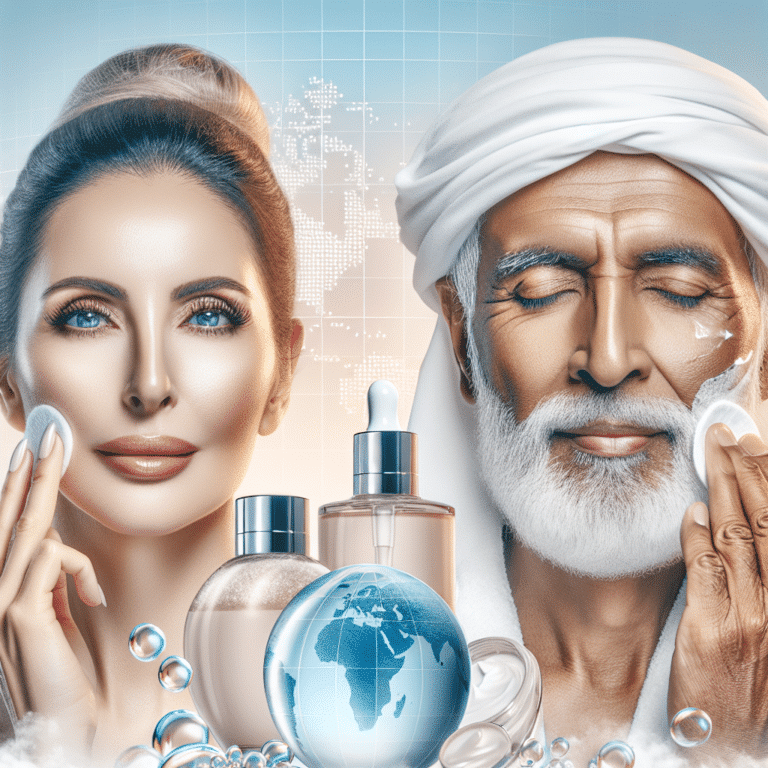Summary
• Xerosis is highly prevalent in individuals over 50 years old and significantly impacts quality of life due to stigma, pruritus, and potential complications.
• Experts propose using the term “mature xerosis” instead of “senile xerosis” to describe age-related dry skin in this population.
• Skincare to restore skin barrier function is crucial in treating and preventing the progression of xerosis in mature skin.
• A panel of global dermatologists recommend the use of gentle cleansers and moisturizers containing ceramides for xerosis management.
• Increased recognition of the burden of xerosis in mature skin is needed, and proper skincare selection is essential for preventing and treating the condition.
A panel of expert dermatologists recently discussed the impact of xerosis, or dry skin, on individuals over the age of 50. They recommend using the term “mature xerosis” to replace “senile xerosis” in describing age-related dry skin. The panel emphasized the importance of skincare to restore barrier function and prevent the progression of xerosis in older individuals. They highlighted the underutilization of moisturizers and cleansers in this population and provided clinical recommendations for healthcare providers treating patients with mature xerosis.
The dermatologist panel found that genetic and environmental factors play a role in the etiology of xerosis, affecting skin hydration and barrier function. They stressed the importance of using gentle cleansers and moisturizers containing ceramides to manage dry skin in older individuals. They also emphasized the need for increased recognition of the burden of xerosis in mature skin and the importance of addressing associated symptoms like pruritus to improve quality of life.
In their recommendations, the expert panel highlighted the significance of skincare selection in preventing and treating mature xerosis. They identified five key statements based on evidence from literature review and clinical experience to guide dermatologists and other healthcare providers in managing dry skin in older individuals. By utilizing barrier-restoring moisturizers and taking a comprehensive approach to skincare, healthcare professionals can effectively reduce the signs and symptoms of xerosis and improve the overall skin health of their patients over the age of 50.
Source link
Dermatology, Plastic Surgery & Aesthetic Medicine


